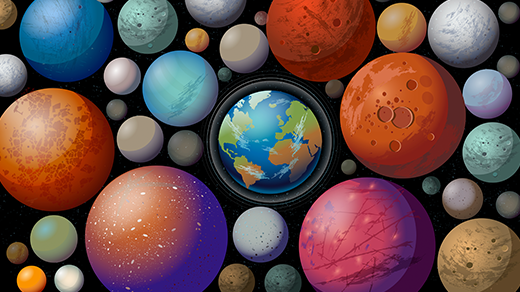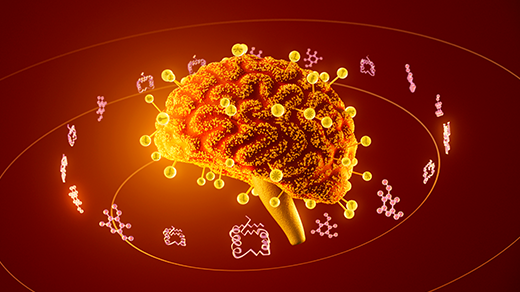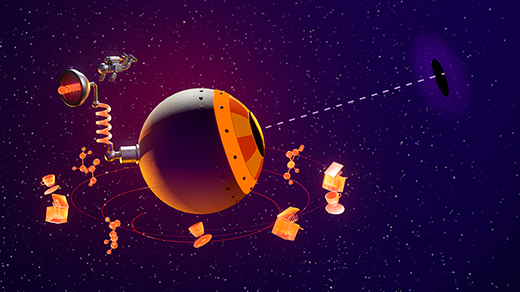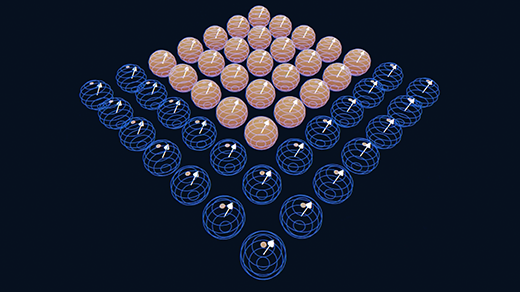Latest Articles
How Will We Know We’re Not Alone?
The first planet beyond our solar system was identified just 30 years ago. Since then, thousands have been found and characterized. As we look for more, exoplanet experts are also probing for signs of alien biospheres hundreds of light-years away. In this episode, co-host Janna Levin speaks with astrophysicist and astrobiologist Lisa Kaltenegger about how we’ll know we’re not alone in the cosmos.
The Year in Biology
Biologists used artificial intelligence to make discoveries about molecules and the brain, and overturned long-held assumptions about the immune system and RNA.
The Year in Physics
Physicists discovered strange supersolids, constructed new kinds of superconductors, and continued to make the case that the cosmos is far weirder than anyone suspected.
The Year in Math
Landmark results in geometry and number theory marked an exciting year for mathematics, at a time when advances in artificial intelligence are starting to transform the subject’s future.
What Is Entropy? A Measure of Just How Little We Really Know.
Exactly 200 years ago, a French engineer introduced an idea that would quantify the universe’s inexorable slide into decay. But entropy, as it’s currently understood, is less a fact about the world than a reflection of our growing ignorance. Embracing that truth is leading to a rethink of everything from rational decision-making to the limits of machines.
Mathematicians Uncover a New Way to Count Prime Numbers
To make progress on one of number theory’s most elementary questions, two mathematicians turned to an unlikely source.
Quantum Computers Cross Critical Error Threshold
In a first, researchers have shown that adding more “qubits” to a quantum computer can make it more resilient. It’s an essential step on the long road to practical applications.
Exotic New Superconductors Delight and Confound
Three new species of superconductivity were spotted this year, illustrating the myriad ways electrons can join together to form a frictionless quantum soup.
How Is Cell Death Essential to Life?
Cells in our bodies are constantly dying — and these countless tiny deaths are essential to human health and multicellular life itself. In this episode, co-host Steven Strogatz speaks with cellular biologist Shai Shaham about what makes a cell “alive” and the latest developments in understanding how and why cells die.








